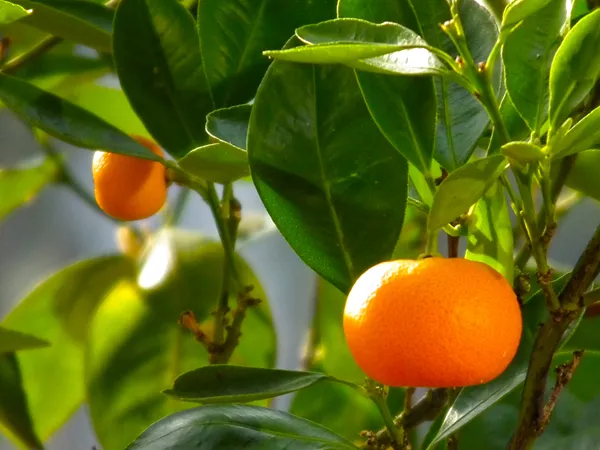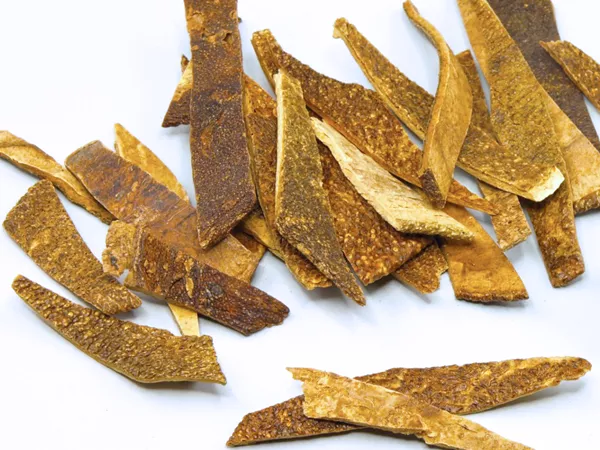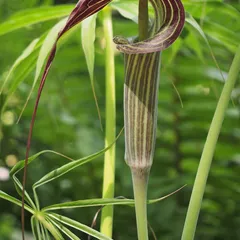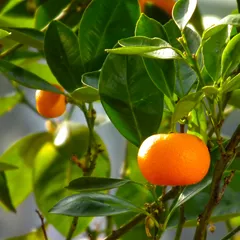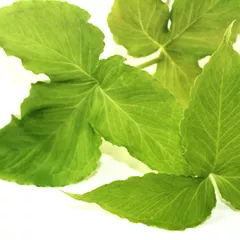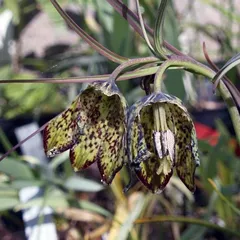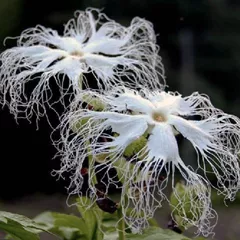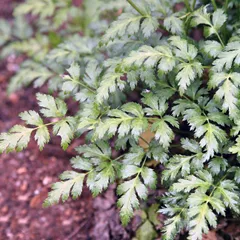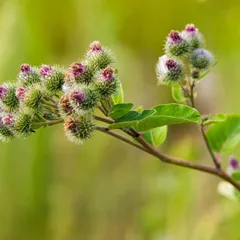Use of Ju Hong (red tangerine peel) in TCM
Please note that you should never self-prescribe TCM ingredients. A TCM ingredient is almost never eaten on its own but as part of a formula containing several ingredients that act together. Please consult a professional TCM practitioner, they will be best able to guide you.
Preparation: Extract the exocarp from the fruit, clean, chop and dry, preferably under the sun
Dosage: 3 - 10g
Main actions according to TCM*: Dissipates Cold, dries Dampness, eliminates Phlegm and promotes the flow of Qi
Primary conditions or symptoms for which Ju Hong may be prescribed by TCM doctors*: Coughing Chronic cough with sticky phlegm Nausea Vomiting Epigastric distention
Common TCM formulas in which Ju Hong is used*
Di Tan Tang
Source date: 1470 AD
Number of ingredients: 9 herbs
Formula key actions: Removes Phlegm. Opens the sensory orifices. Tonifies Qi.
Conditions targeted*: Cerebrovascular accidentSeizure disorder and others
Ju Hong is a king ingredient in Di Tan Tang. Like the name indicates, it means it has more power than other ingredients in the formula.
Bei Mu Gua Lou San
Source date: 1732 AD
Number of ingredients: 6 herbs
Formula key actions: Moistens the Lungs. Clears Heat. Regulates Qi. Resolve Phlegm.
Conditions targeted*: PneumoniaPulmonary tuberculosis and others
Ju Hong is an assistant ingredient in Bei Mu Gua Lou San. This means that it either serves to reinforces the effect of other ingredients or it moderates their toxicity.
In Bei Mu Gua Lou San, Ju Hong regulates Qi. Together with the other assistant herb Poria-cocos mushroom, it strengthens the Spleen's Body Fluids transportation and transformation functions, which is critical for treating the pattern with Dryness and Phlegm.
A well functioning Spleen is essential in Body Fluids formation and then transportation to the Lungs. The Spleen also helps resolve Dampness and Phlegm.
Pu Ji Xiao Du Yin
Source date: 1202 AD
Number of ingredients: 14 herbs
Formula key actions: Clears Toxic-Heat. Clears Wind-Heat .
Conditions targeted*: FurunclesCarbuncles and others
Ju Hong is an assistant ingredient in Pu Ji Xiao Du Yin. This means that it either serves to reinforces the effect of other ingredients or it moderates their toxicity.
In Pu Ji Xiao Du Yin, Ju Hong regulates the Qi to ensure the free flow of Blood and Qi and thereby prevent the pathogenic influences from Stagnation.
This helps to reduce toxic swelling.
Key TCM concepts behind Ju Hong's properties
In Traditional Chinese Medicine (TCM), Ju Hong belongs to the 'Herbs that regulate Qi' category. Herbs in this category typically treat a TCM condition called 'Qi Stagnation'. Concretely it means that Qi is blocked in the body's Organs and Meridians, most typically the Stomach, Liver, and to a lesser extent, the Lungs. In modern medicine terms, Qi Stagnation often translates into psychological consequences such as depression, irritability or mood swings. It's also frequently associated with conditions such as premenstrual syndrome (PMS), menopausal symptoms, the development of breast swellings as well as various digestive disorders.
Furthermore Ju Hong is Warm in nature. This means that Ju Hong tends to help people who have too much 'Cold' in their body, although with less effect than a plant that would be Hot in nature. Balance between Yin and Yang is a key health concept in TCM. Those who have too much Cold in their body are said to either have a Yin Excess (because Yin is Cold in nature) or a Yang Deficiency (Yang is Hot in Nature). Depending on your condition Ju Hong can help restore a harmonious balance between Yin and Yang.
Ju Hong also tastes Bitter and Pungent. The so-called 'Five Phases' theory in Chinese Medicine states that the taste of TCM ingredients is a key determinant of their action in the body. Bitter ingredients like Ju Hong tends to have a cleansing action on the body by clearing Heat, drying Dampness and promoting elimination via urination or bowel movements. On the other hand Pungent ingredients tend to promote the circulations of Qi and Body Fluids. That's why for instance someone tends to sweat a lot when they eat spicy/pungent food.
The tastes of ingredients in TCM also determine what Organs and Meridians they target. As such Ju Hong is thought to target the Spleen and the Lung. In TCM the Spleen assists with digestion, Blood coagulation and Fluids metabolism in the body. In addition to performing respiration, the Lungs are thought in TCM to be a key part of the production chain for Qi and the Body Fluids that nourish the body.
Use of Ju Hong as food
Ju Hong is also eaten as food.

